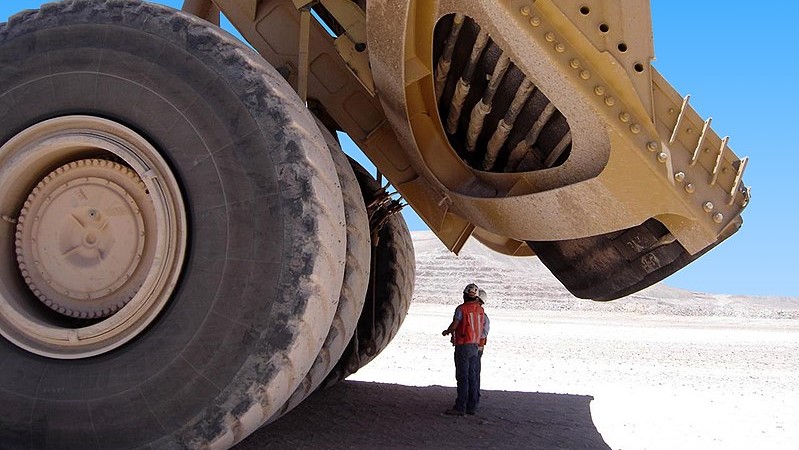Newmont raises $1bn through mining industry’s first sustainability linked bond

Newmont (TSX: NGT; NYSE: NEM) has closed the mining industry’s first sustainability-linked bond, raising net proceeds of $992 million in a registered $1 billion public offering of senior notes issued at 2.6%.
The financing is linked to the gold miner’s ESG (environmental, social and governance) performance – specifically its carbon emissions and its commitment to promote more women into senior roles. If Newmont does not meet its commitments, it will pay more in interest to bondholders.
Specifically, Newmont has committed to a 32% reduction in its Scope 1 and 2 carbon emissions by 2030, compared to a 2018 baseline; and a 30% reduction in Scope 3 emissions by 2030, compared to a 2019 baseline. In addition, the miner is aiming for women to represent 50% of its senior leadership by 2030.
The proceeds of the bond, due in 2032, will be used to repurchase outstanding 3.7% notes (issued by its subsidiary Goldcorp) due in 2023, lowering the major’s finance costs.
“The successful execution of our sustainability-linked note demonstrates bondholder confidence in our ability to maintain financial strength and deliver long-term value to all of our stakeholders,” said Newmont president and CEO Tom Palmer.
“This offering further aligns our financial and ESG performance, linking our commitments to climate change and gender parity. Our long history of taking a leading approach to ESG practices has positioned Newmont as the gold sector’s recognized sustainability leader and we continue to challenge ourselves and the industry through our commitment to sustainable and responsible mining.”
The bond issue, which was first announced on Dec. 6, follows a $3 billion sustainability linked revolving credit facility Newmont clinched in March. The facility includes a pricing feature linked to third-party sustainability performance metrics, and also improved Newmont’s costs over its previous facility.
(This article first appeared in the Canadian Mining Journal)
{{ commodity.name }}
{{ post.title }}
{{ post.date }}

Comments